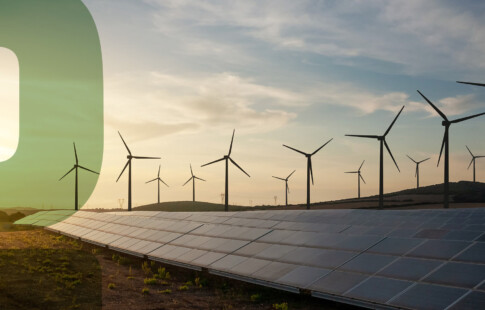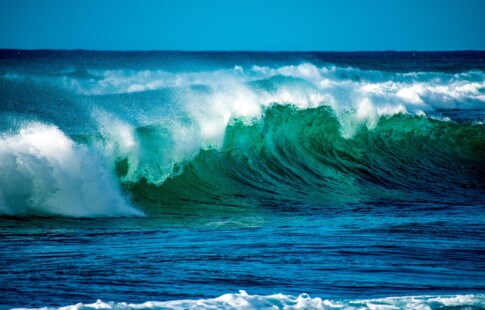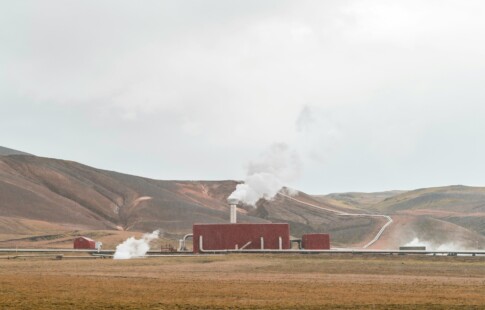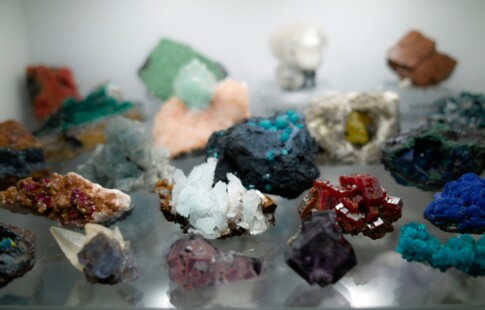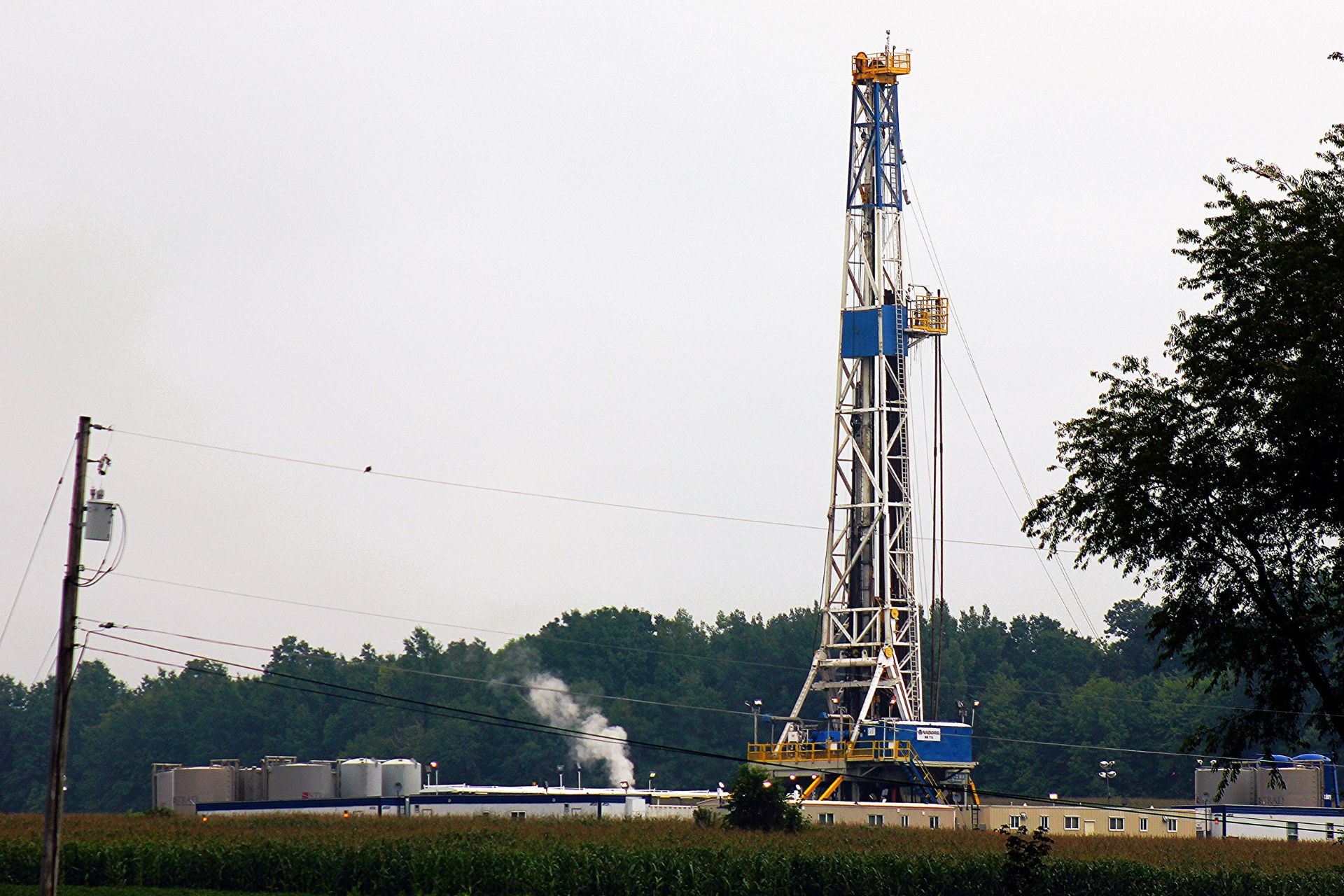
What Are the Pros and Cons of Hydrofracking?
We are reader-supported. When you buy through links on our site, we may earn affiliate commission.
Is hydraulic fracturing a safer alternative to other forms of fracking? Though this method has been around for decades, it recently became widespread when advances in horizontal drilling technology made it economically viable. However, it faces various arguments between critics and supporters, making people question if hydrofracking is safe. Consider the pros and cons of hydrofracking to help you decide whether it’s right for our environment.
What Is Hydrofracking?
Hydrofracking is the process of drilling for natural gas by injecting water, sand and chemicals into the ground to break rocks. It involves drilling vertically down into a shale formation to extract natural gas.
This technique was first used in the 1940s when it began as an experiment. Since then, it has become a quick success in commercial drilling.
The Pros of Hydrofracking
Now that you understand the process of hydraulic fracturing, here is an overview of its advantages.
Creates Jobs
One of the biggest pros of hydrofracking is job creation. Industries like this can be exciting because they have many opportunities and better pay for people.
Since the oil and gas production boom, the industry has created millions of jobs for people in the U.S. The United States is the largest contributor to hydrofracking and has particularly benefited since its introduction — improving the national economy overall.
Boosts Local Economies
Hydrofracking boosts local economies, too. The process requires a lot of materials and people, so it helps to have large amounts of resources coming into an area. This is especially important in towns and cities that could use a boost.
Hydrofracking can help local communities build new factories and bring in more money. Additionally, it may lead to increased investment in infrastructure, improving access to other parts of a state with other established industries, like retail and banking.
A Source for Clean Fuel
Hydrofracking is a clean source of fuel. Natural gas is much cleaner than oil or coal, making it better for the environment. Since it provides an abundant supply of clean-burning energy, it reduces dependence on foreign oil. Therefore, the U.S. has more domestic reserves that we can use at home.
And because hydrofracking provides a good source of fossil fuel, this frees the resources used elsewhere in the economy to develop cleaner options such as wind turbines and solar farms.
Increases Provisions of Drinking Water
When drilling into rocks with hydrofracking, sometimes the drilling can reach an untapped underground water source. Having additional water sources can revitalize wells and provide local drinking water.
Even though hydrofracking can negatively affect water quality, a proper wastewater management system can purify it. But to ensure adequate water purification, workers must take appropriate precautions to minimize the release of toxic chemicals.
The Cons of Hydrofracking
Below are some of the biggest cons of hydraulic fracturing.
Contamination of Groundwater
Hydrofracking has the potential to contaminate groundwater and surface water. It does this in a couple of ways:
- Contaminants can seep into the ground from hydraulic fracturing fluid, which then stays underground.
- Hydrocarbons from oil, gas and brine leach into groundwater or surface water through faulty well casings or leaks in pipelines and tanks.
Various chemicals are toxic and contaminate the groundwater, including the following:
- Methylene chloride: A chemical linked to leukemia, brain damage and other health problems.
- Benzene: A known carcinogen that causes leukemia and humans.
- Nitrogen oxides: React with volatile organic compounds to form ground-level ozone — a major respiratory irritant.
Wastes Water
One of the biggest problems with hydrofracking is that it uses huge amounts of water. It takes millions of gallons of water to Frack a single well, meaning there’s an increasing need for fresh water. This is a huge environmental problem, especially when many places are experiencing drought conditions.
In fact, the amount of water used in hydrofracking is equivalent to that needed by more than 100,000 people each year for domestic purposes.
The problem with using resources is that there aren’t enough freshwater sources for fracking operations. And even if there were sufficient supplies, some areas need adequate infrastructure to deal with wastewater from fracking sites. As such, the contaminated water ends up in local rivers and streams — causing serious environmental damage over time.
Causes Earthquakes
Part of its negative effects relates to the drilling process and the aftermath. For example, fracking has been known to cause earthquakes during or after a hydrofracking operation.
The fracking process involves injecting water and chemicals into the ground at high pressure. This can cause underground fault lines to slip and move, resulting in earthquakes.
While there isn’t substantial evidence that it triggers major quakes, small tremors can occur from fracking operations.
A Threat to Public Health
Methane is one of the primary components of natural gas. As a greenhouse gas, it is about 25 times more potent than CO2 and is responsible for approximately 20% of all global warming.
When drilling into the Earth, the pressurized water, chemicals and sandblast into rocks open fissures for gas to flow. This process can release a ton of methane into the atmosphere, increasing global warming even further.
Dangerous for Workers
While hydrofracking provides people with good-paying jobs, it can still cause injuries if something goes wrong. With the process involving high pressure, there’s always a risk of explosion.
Serious injuries may occur due to the bursting of metals from pipelines and connectors. The impact of the debris can be strong enough to kill workers. But even if it’s not fatal, it can still be traumatic and cause permanent disabilities.
Weighing the Pros and Cons of Hydrofracking
Weighing the pros and cons of hydrofracking is a difficult task. It’s a controversial practice, but there are many benefits to hydrofracking. However, we must also consider whether these benefits outweigh the risks of hydraulic fracturing.
Making careful decisions on whether our country should use it is crucial. That way, it can help our nation decide whether we should allow it here.
What Are Your Thoughts on Hydrofracking?
As you can see, hydraulic fracturing has many different pros and cons. Therefore, it’s one of the most controversial topics to date. Yet, it’s up to you to decide whether you think hydrofracking is beneficial.
Share on
Like what you read? Join other Environment.co readers!
Get the latest updates on our planet by subscribing to the Environment.co newsletter!
About the author
Grace Waters
Always inspired by the natural world around her, Grace grew up exploring tide pools and hiking mountain trails, developing a deep appreciation for biodiversity and conservation. Now, Grace works as the Senior Editor of Environment.co where she covers topics related to emerging clean technologies, zero-waste initiatives, and the intersection of environmental policy and everyday living.

